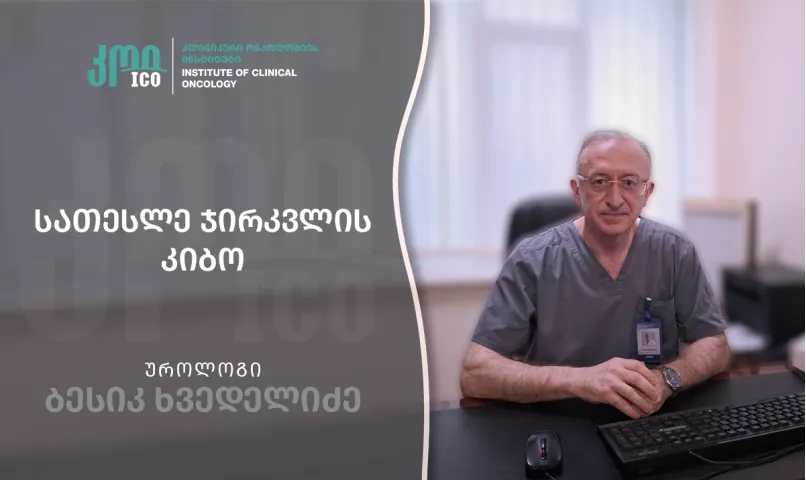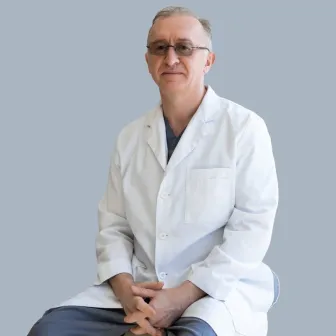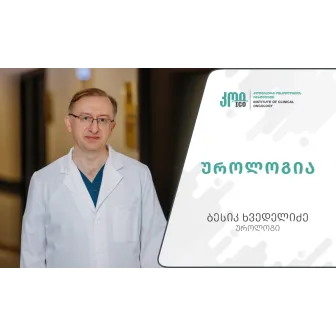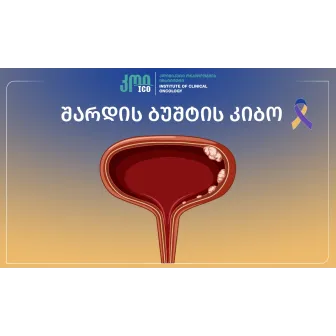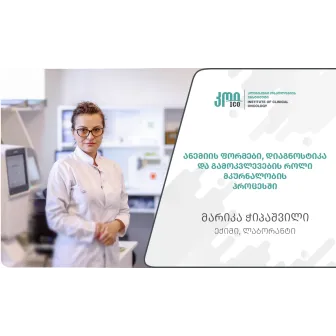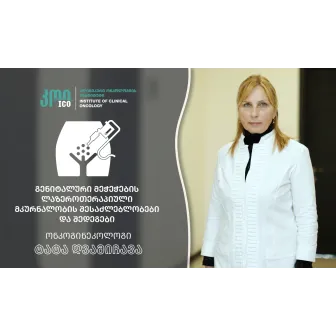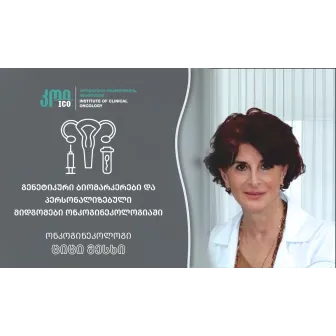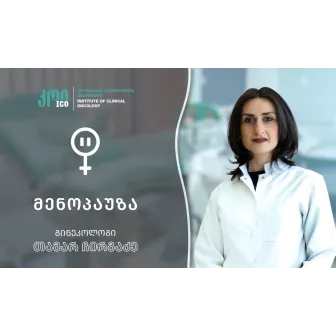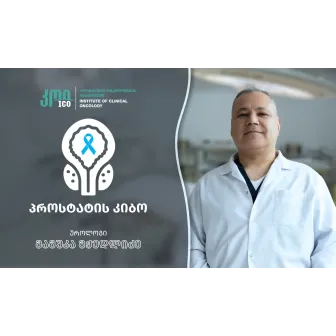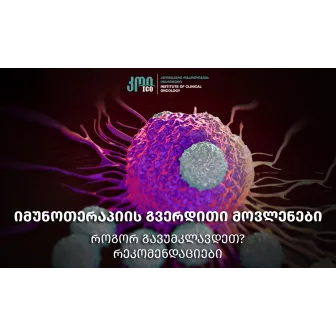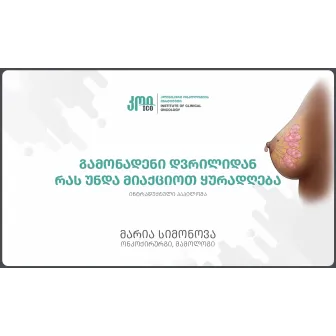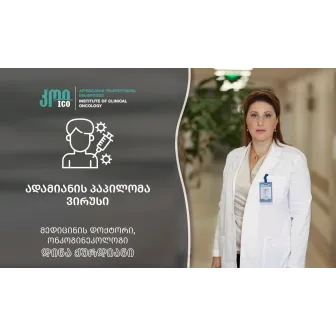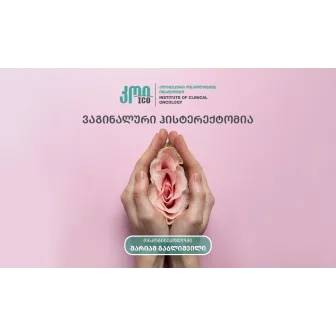Testicular cancer is one of the rare oncological pathologies that occurs mostly in young men. Early diagnosis and effective treatment strategies plare crucial for successful management of the disease. Urologist Beso Khvedelodze from the Institute of Clinical Oncology shares his experience and recommendations on this topic.
Testicular cancer accounts for 1–5% of all male cancers and 5% of all urological cancers. In Western countries, 3 - 6 new cases per 100,000 male population are diagnosed annually. In 1- 2% of cases, the disease involves both testicles. Various histological types are found, though the vast majority of cases (90–95%) are germ cell tumors.
The peak age of onset is in the third decade of life for non-seminoma tumors and the fourth decade for pure seminoma. There is a strong hereditary component to the disease, especially among siblings.
Curing - Today, testicular tumors respond well to treatment, which is based on the following factors:
The possibility of accurate staging at the time of disease diagnosis, combined use of chemotherapy, radiation therapy, and surgery, and the availability of effective surveillance schemes
Clinical Manifestations and Initial Symptoms
At the time of diagnosis, the first stage is observed in 75-80% of patients with seminoma and in about 55% of non-seminoma tumors.
Clinically, the disease occurs mainly in men aged 20–40 years. Initially, it is manifested as a painless mass in a single scrotum.
In about 20% of cases, the first symptom is pain in the testicle area. Local painfulness is reported in about 27% of patients. Rarely, the disease occurs as a result of testicular trauma. Gynecomastia is observed in 7% of patients and is more characteristic of non-seminomatous tumors. Pain in the lumbar area is observed in 11% of cases.
Decreasing the size of one of the testicles may precede the onset of the disease. In 10% of cases, symptoms may begin with orchitis, which causes a delay in diagnosis. In such cases, an ultrasound examination of the testicles is necessary.
For adequate treatment of testicular tumors, correct staging of the disease is very important. Treatment tactics vary depending on the histological type of the disease and the characteristics of its spread.
It is necessary to assess:
- Tumor markers before and after orchiectomy
- Testicular morphology
- Abdominal and supraclavicular lymph nodes
- Presence of metastatic lesions in the lungs and mediastinum
- Brain and bones in the presence of appropriate symptoms.
Cancr markers
Testicular markers in the blood are prognostic factors. They also play a major role in the diagnosis and staging process. The following markers are defined:
1. AFP Alpha-feto protein (produced in yolk sac cells)
2. beta-HCG Human chorionic gonadotropin beta fraction (produced in trophoblasts)
3. LDH Lactate dehydrogenase (indicator of tissue destruction)
Treatment and surgical modalities
In the first stage of treatment, inguinal orchiectomy can be performed. Organ-sparing surgery is performed only in special cases:
In the presence of tumors in both testicles
In the presence of tumors in a single testicle
The tumor size is 2 cm and in compliance with the rules of aplasticity.
In such cases, the incidence of CIS in the remaining part of the gland is very high (82%), which is why further radiotherapy treatment is necessary.
The treatment of patients with testicular cancer is advisable in institutions with experience in this area. However, in the early stages, any urologist can treat it.
- Views:1296




